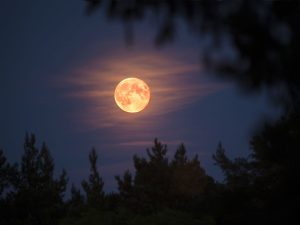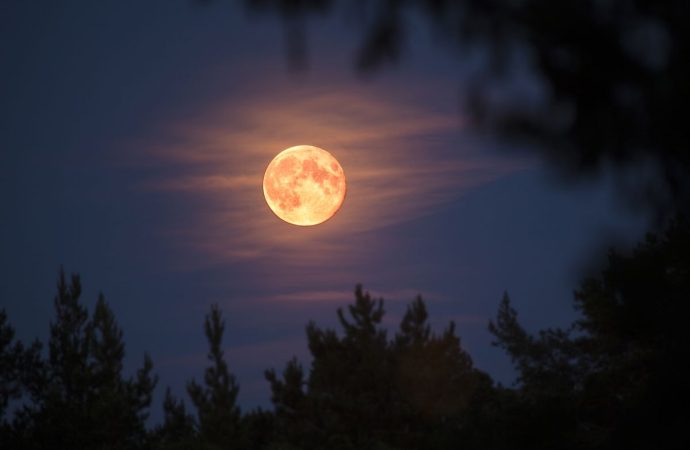Introduction: Greetings to all lunar enthusiasts and stargazers! The moon, Earth’s celestial companion, has intrigued humanity for centuries. Its shifting phases and luminous presence in our night sky have inspired poets, artists, and scientists alike. In this article, we unveil the anticipated full moon calendar for 2023, empowering you to plan your moonlit escapades with
Introduction:
Greetings to all lunar enthusiasts and stargazers! The moon, Earth’s celestial companion, has intrigued humanity for centuries. Its shifting phases and luminous presence in our night sky have inspired poets, artists, and scientists alike. In this article, we unveil the anticipated full moon calendar for 2023, empowering you to plan your moonlit escapades with precision. With the infusion of NASA insights, we provide an updated lunar guide that promises awe-inspiring nights under the moon’s enchanting glow. Join us as we embark on a journey through the lunar phases and embrace the magical nights that lie ahead.
The Moon’s Phases: A Dance of Illumination
The moon, Earth’s constant companion, undergoes a mesmerizing dance of illumination as it revolves around our planet. From the new moon to the full moon, each phase holds unique characteristics that have fascinated humans for centuries. Understanding these phases is fundamental to appreciating the moon’s ever-changing beauty.
The moon’s phases are categorized as follows:
- New Moon: The moon is not visible from Earth.
- Waxing Crescent: A small portion of the moon is illuminated and growing.
- First Quarter: Exactly half of the moon is illuminated.
- Waxing Gibbous: More than half of the moon is illuminated, but it’s not a full moon yet.
- Full Moon: The entire visible face of the moon is illuminated.

Image by: https://www.womenshealthmag.com/life/a42778725/full-moon-calendar-2023/
The Impact of Lunar Phases: On Earth and Beyond
The moon’s phases hold significant influence on various aspects of life on Earth and beyond. Tides, for instance, are greatly affected by the moon’s gravitational pull during specific phases. In addition to tides, lunar phases influence wildlife behavior, agricultural practices, and cultural celebrations across different societies.
Understanding these effects enhances our appreciation for the moon’s role in shaping our world and traditions.
NASA’s Lunar Expertise: Decoding the Lunar Calendar
NASA, at the forefront of space exploration and research, provides invaluable insights into the lunar calendar. Their expertise in analyzing and predicting lunar phases aids in creating precise and reliable full moon calendars. NASA’s work is instrumental in understanding the moon’s behavior and planning astronomical events.
2023 Full Moon Calendar: Dates and Names
Let’s unveil the full moon calendar for 2023, including dates and traditional names associated with each moon.
| Month | Date | Full Moon Name |
|---|---|---|
| January | 2nd | Wolf Moon |
| February | 1st | Snow Moon |
| March | 3rd | Worm Moon |
| April | 2nd | Pink Moon |
| May | 2nd | Flower Moon |
| June | 1st | Strawberry Moon |
| July | 1st | Buck Moon |
| August | 30th | Sturgeon Moon |
| September | 29th | Harvest Moon |
| October | 29th | Hunter’s Moon |
| November | 28th | Beaver Moon |
| December | 28th | Cold Moon |
Lunar Viewing Tips: Enhancing Your Moonlit Experience
To make the most of your moonlit nights, here are some tips:
- Use Binoculars or a Telescope: Enhance your moon-gazing experience by observing the moon up close.
- Explore Different Phases: Witness the moon’s changing face throughout the month to truly appreciate its beauty.
- Capture the Moment: Consider astrophotography to immortalize the moon’s splendor in your own way.
Conclusion:With this comprehensive full moon calendar for 2023, you’re now well-equipped to plan your lunar explorations and stargazing adventures. The moon, with its timeless allure, promises magical nights and endless inspiration. Stay updated with celestial wonders and make each moonlit night a memorable journey through the cosmos. Happy moon-watching! For more information and to explore lunar events, visit NASA’s dedicated lunar exploration page.

















Leave a Comment
Your email address will not be published. Required fields are marked with *